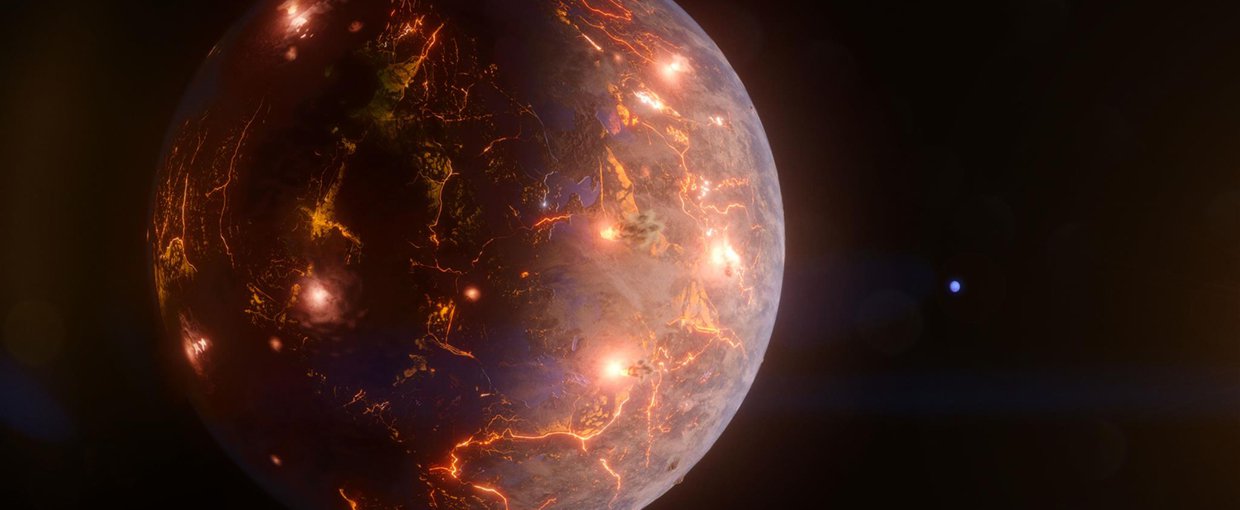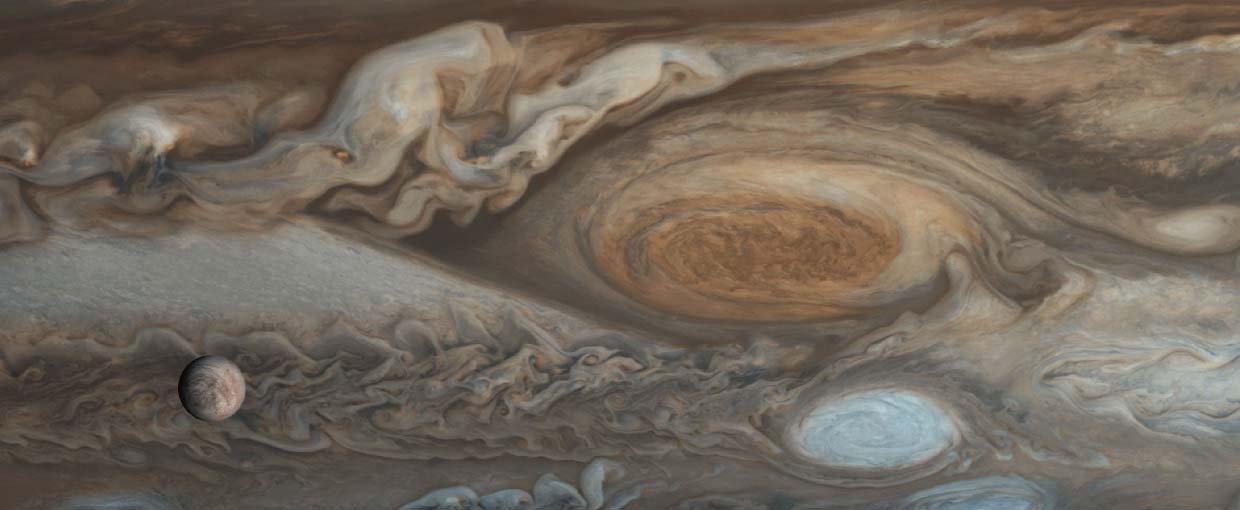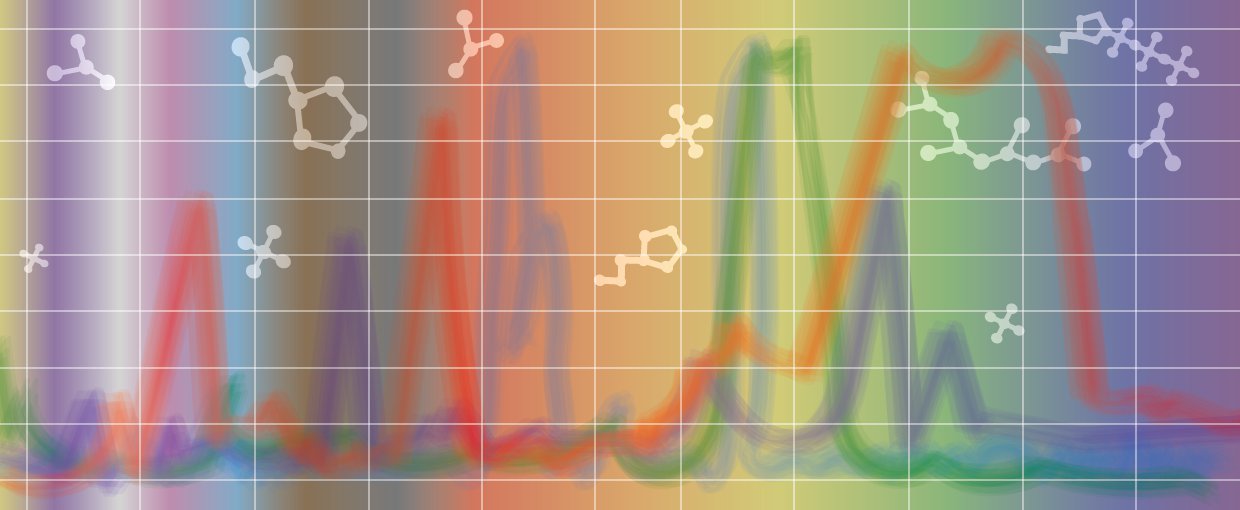Duan, Y., Anbar, A. D., Arnold, G. L., Lyons, T. W., Gordon, G. W., & Kendall, B. (2010). Geochimica et Cosmochimica Acta, 74(23), 6655–6668. doi:10.1016/j.gca.2010.08.035
Ferry, J. G. (2010). Planetary and Space Science, 58(14-15), 1775–1783. doi:10.1016/j.pss.2010.08.014
Fu, C-Y., Wang, K., Gan, L., Lanman, J., Khayat, R., Young, M. J., … Jensen, G. J. (2010). Structure, 18(12), 1579–1586. doi:10.1016/j.str.2010.10.005
Glavin, D. P., Callahan, M. P., Dworkin, J. P., & Elsila, J. E. (2010). Meteoritics & Planetary Science, 45(12), 1948–1972. doi:10.1111/j.1945-5100.2010.01132.x
Godfrey, L. V., & Glass, J. B. (2011). Methods in Enzymology, None(None), 483–506. doi:10.1016/b978-0-12-381294-0.00022-5
Howard, A. W., Johnson, J. A., Marcy, G. W., Fischer, D. A., Wright, J. T., Henry, G. W., … Isaacson, H. (2010). The Astrophysical Journal, 726(2), 73. doi:10.1088/0004-637x/726/2/73
Jolley, C., Klem, M., Harrington, R., Parise, J., & Douglas, T. (2011). Nanoscale, 3(3), 1004–1007. doi:10.1039/c0nr00378f
Jones, B. M., Zhang, F., Kaiser, R. I., Jamal, A., Mebel, A. M., Cordiner, M. A., & Charnley, S. B. (2010). Proceedings of the National Academy of Sciences, 108(2), 452–457. doi:10.1073/pnas.1012468108
Kaib, N. A., Quinn, T., & Brasser, R. (2010). The Astronomical Journal, 141(1), 3. doi:10.1088/0004-6256/141/1/3
Liu, Y., Stepanov, V. G., Strych, U., Willson, R. C., Jackson, G. W., & Fox, G. E. (2010). BMC Biotechnol, 10(1), 85. doi:10.1186/1472-6750-10-85



